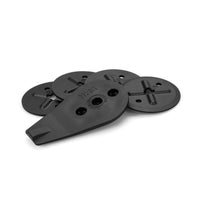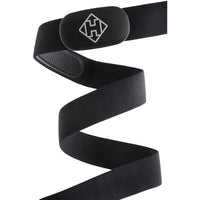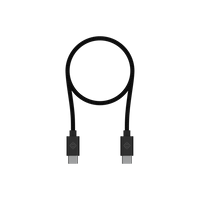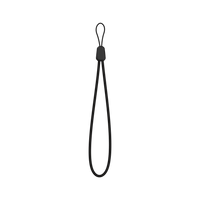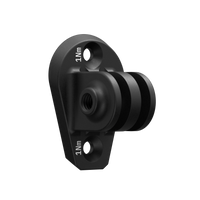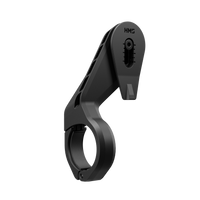What Makes a Great Bike Computer for Mountain Biking: Read On
Bike computers come in a variety of options these days, and ease of use, durability, and battery longevity are of key importance for mountain bikers.
Some performance-minded riders like to focus on training, so connecting with sensors like heart rate monitors and power meters is important for them, as is wireless syncing with programs like TrainingPeaks.
Some adventure-minded riders like to focus on exploring, so reliable, easy-to-use navigation is important for them. Being able to follow a created route, or navigate to a destination on the fly, or reroute back to where a ride started are all very valuable navigation characteristics.
Many social-minded riders like being able to record their rides for easy uploads to Strava, or even use Strava’s pace partner features to try and beat their best time — or their buddy’s best time — on a certain stretch of trail.
And most riders like to be able to track their preferred list of metrics on the handlebars while they are riding, whether that is simple things like time, elevation and distance, or more complicated things like power balance, VAM and TSS.
Let’s take a look at some of the key features you should consider.
How does a bike computer help with mountain biking?
A bike computer serves two general purposes: to measure and capture what you are doing, and to navigate where you are going.
In the first category — measure and capture — a good MTB computer serves as an accurate sensor for metrics like distance, speed, elevation, time, temperature, and more. This information is helpful in the moment, and can also be analyzed after the ride.
In the second category, knowing where you are going is vital for all types of cycling, and can be particularly important when mountain biking. If you are riding in a new or unfamiliar place, being able to navigate at a glance makes the experience much more efficient and fun than pulling out a paper map at every trail intersection and trying to figure out where you are. Further, it can be helpful to see ahead on a map, knowing when a sharp corner is coming up and when you might need to slow down.
GPS and Navigation
GPS and navigation work both in the moment to measure live data and also as a predictive, guiding force for mountain bikers. A good mountain bike computer should deliver both of these elements with a minimum of input on the rider’s part.
The Hammerhead Karoo 2 guides mountain bikers with turn-by-turn navigation for routes. Better, you can use routes in a variety of ways: you can import routes created by yourself or others from Ride With GPS, Strava, or other sites. You can use the desktop route builder on Hammerhead.io, where you have the option to set your preference to prefer trail (or pavement or gravel). And you can build a route on the fly on the head unit itself.
Once you’re out on the bike, the Karoo 2 gives you details like cafes, water fountains, and bathrooms — things you might not be thinking about when you selected the route, but can be quite handy to know about while riding.
While the Karoo 2’s default view works very well, you can also zoom in and out on the map like you do on a modern smartphone, pinching and swiping on the anti-glare touchscreen. If you are wearing full-finger gloves, you can also use the Karoo 2’s side buttons to navigate the map.
Managing climbs
Beyond knowing when and where to turn, computer navigation also assists mountain bikers by letting them know what is coming up in terms of elevation. Many high-end computers like those from Garmin and Wahoo will display an elevation profile, and even show gradient breakdown for particular climbs — but you have to be following an active route for this feature to work. On the Karoo 2, you get this functionality not only when following a route, but when free riding also, thanks to Predictive Path Technology, which auto detects upcoming climbs and displays a full-page breakdown of gradient, the distance to the top, and the elevation to the top.
Durability
Mountain biking can be a rough and tumble sport, and you need a computer that can take the occasional tumble. The Karoo 2 is wrapped in a glass-filled polycarbonate body that protects an already durable unit.
The Karoo 2 has a 292ppi 3.2inch smartphone grade touchscreen. The unit is relatively lightweight at 131g, but the computer and the rugged mount are designed to withstand the everyday rigors of mountain biking.
Mounting on your mountain bike
You want to keep your computer securely attached to your mountain bike, and with the Karoo 2 you have two main options. The stock mount locks the computer in place in front of the handlebars, no matter what the trail throws at you. You can also slot in the quarter-turn adapter if you want to use another mount, such as one that puts the computer above the stem.
In conclusion
A robust GPS computer is a fun and vital tool for mountain biking, allowing you to explore new trails with confidence, improve your fitness, and track all your adventures for sharing and analysis. There are a variety of computers on the market that work for mountain biking, but only the Karoo 2 has Predictive Path Technology to deliver visual, actionable data on upcoming climbs through auto detection.

